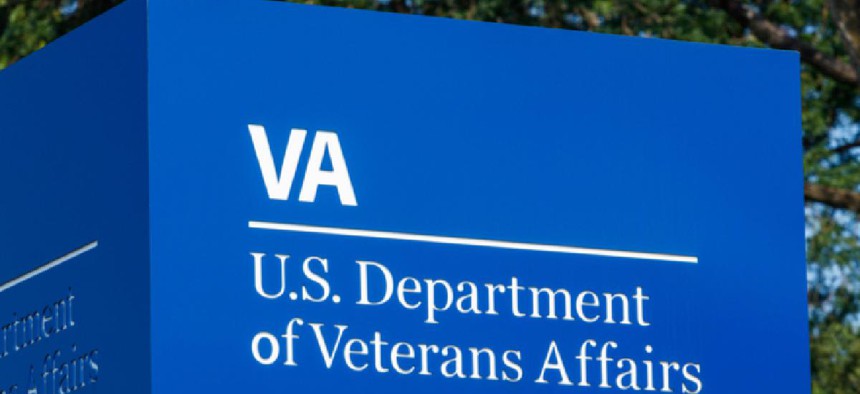VA chief looks at spend, productivity on $16B health record modernization plan

Veterans Affairs Secretary Denis McDonough told House lawmakers on Thursday that performance and joint execution were issues driving the 12-week "strategic review" of the Electronic Health Record Modernization program.

Veterans Affairs Secretary Denis McDonough told House lawmakers on Thursday that performance and joint execution were driving the 12-week "strategic review" of the Electronic Health Record Modernization program.
"We're seeing productivity declines bigger than I would have anticipated, but importantly, also continuing longer than I would have anticipated," McDonough told the House Veterans Affairs Committee in his first testimony since being confirmed by the Senate.
McDonough announced the strategic review of the 10-year, $16 billion EHR upgrade on March 19, in the wake of concerns raised by leaders of VA oversight committees from both parties from both Houses of Congress and a critical report from the Government Accountability Office.
The program to replace VA's homegrown VistA health record system to promote interoperability with military health records was launched in 2017 with a sole-source contract to the Defense Department’s EHR vendor Cerner.
VA activated the Cerner system at its Mann-Grandstaff Medical Center in Spokane, Wash., at four outpatient clinics and at an affiliated billing and processing center in Las Vegas in October.
"What I want to make sure is that we have success learning from our clinicians and practitioners on the ground in Spokane such that they become advocates as we go to Columbus," which was designated as the next facility for the Cerner system to go live, McDonough said.
"At the end of the day, this is about service provision and outcomes for the vets…. The best proxy for that right now is making sure that our practitioners, our clinicians, docs, nurses, [medical support assistants] understand what it means and see its benefit. If they don't, then we're going to be in this box for a long time," McDonough said.
According to a letter from Rep. Cathy McMorris Rodgers (R-Wash.), whose district includes Mann-Grandstaff, staff at the facility are "deeply frustrated" with the Cerner system.
"Nurses who go to work every day to serve our veterans should not be driven to tears because software, which was intended to be an improvement, makes their jobs more difficult," Rodgers wrote in a March 17 letter.
Rep. Jim Banks (R-Ind.), a member of the House Committee on Veterans Affairs and a former chairman of the Subcommittee on Technology Modernization, noted that the program may be leaning too much on Cerner to manage VA's technology systems outside the health record.
"Cerner is an EHR company," Banks said. "It cannot and should not be expected to integrate all of VA systems or fulfill every technological need."
Banks also pressed McDonough for a "revamp" of cost estimates and schedules for the program. VA accelerated the tempo of spending on the project for 2021 in part to deal with infrastructure challenges at VA facilities. According to an agency budget justification, the program requires a near-total refresh of end-user devices and massive upgrades in connectivity and bandwidth.
McDonough also spoke to the need to involve practitioners from the Veterans Health Administration in the development and evaluation process.
"As a general matter, I think that we just need more jointness in the execution of the program so that … the VHA customers have not only a big seat at the table, but also an ability to sit with people at their shoulder, to test and to run this thing," McDonough said.
Despite the complaints and criticism, McDonough said he didn't see the 12-week review as a precursor to a push to "fundamentally change the underlying program in Spokane," but he added that after the review, "if we find something that tells us, well, there's something more fundamental going on here, I'll come to you guys with complete candor and transparency and say, 'This is what we found. This is what we need to do.'"
NEXT STORY: Accelerating modernization with an extra $1B






